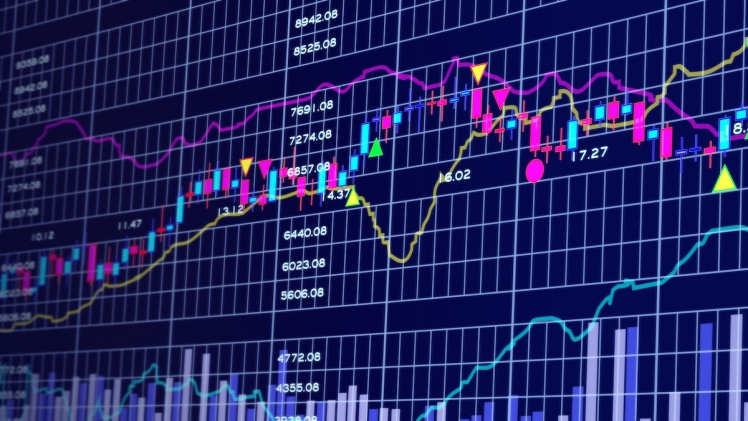The Put-Call Ratio serves as an indicator to know how the Stock Market is behaving. To understand the Put-Call ratio in detail, you must first be clear about Put Options and Call Options.
Put Option
A put option (put) refers to a financial market derivative instrument that allows the holder to sell at a predetermined price before or at a predetermined date without any obligation. You can trade on various underlying assets such as Stocks, Currencies, Commodities, Futures, Bonds, and Indexes in a put option. The change in the put option price depends on the underlying asset’s price, the option strike price, interest rates, volatility, etc. An increase in the put option value means a decrease in the underlying asset price. In contrast, a reduction in the put option value indicates an increase in the underlying asset price.
Call Option
A call option is also a financial market derivative instrument that allows you to buy an asset from the seller at a predetermined price or strike price within a predetermined time without any obligation. The buyer will have to pay a premium for buying this right. When the underlying asset falls down the strike price at the expiration date, the call buyer will lose their paid premium. A call buyer makes profits when the underlying asset price goes up.
Put-Call Ratio
The number of traded put options is divided by the number of traded call options to determine the put-call ratio.
The criteria for judging are –
PCR>1
PCR>1 means PCR is greater than one. It is a situation where more Puts are purchased than Calls, suggesting there is bearish sentiment in the market. Investors speculate about the market moving lower.
PCR<1
PCR<1 means PCR is lesser than 1. It is a situation where more Calls are purchased than Puts, indicating the bullish sentiment in the market. Investors speculate about the market going up.
PCR=1
PCR=1 means PCR is equal to 1. It is a situation where an equal number of Calls and Puts are purchased, indicating stability or neutrality in the market as there is neither bearish nor bullish sentiment. There is the same amount of speculation about the market going up and falling. It could happen in times of uncertainty.
No PCR
It is an ideal market when there is no PCR. However, when PCR is below 0.7, there will be a strong bullish sentiment, while when PCR is above 1, there will be a strong bearish sentiment.
There are also the concepts of PCR Volume and PCR (OI)
To calculate PCR Volume, you need to divide the volume of put options with the volume of call options for a single day. At the same time, PCR OI stands for the Put-Call Open Interest Ratio. To calculate PCR OI, you will have to divide the total open interest of puts by the total open interest of calls.
Takeaway
Put-Call Ratio (PCR) is a helpful indicator for investing in the Stock Market. Based on PCR, you can decide whether to buy shares to get good returns in the future or sell your shares and be ready for a market crash.

